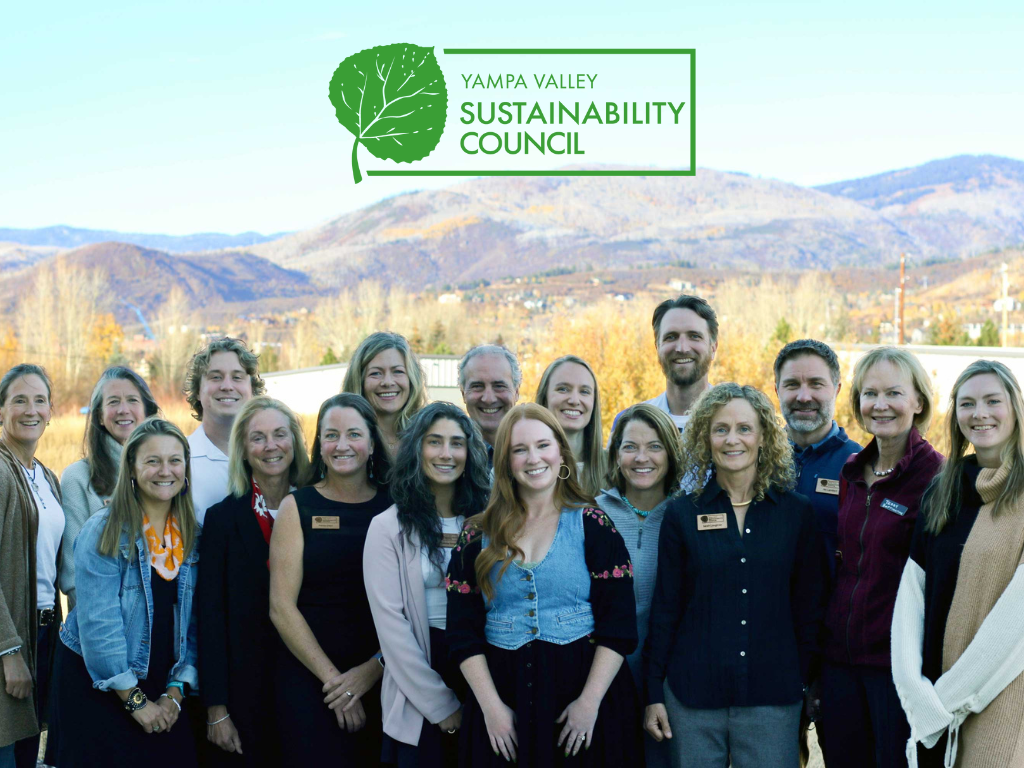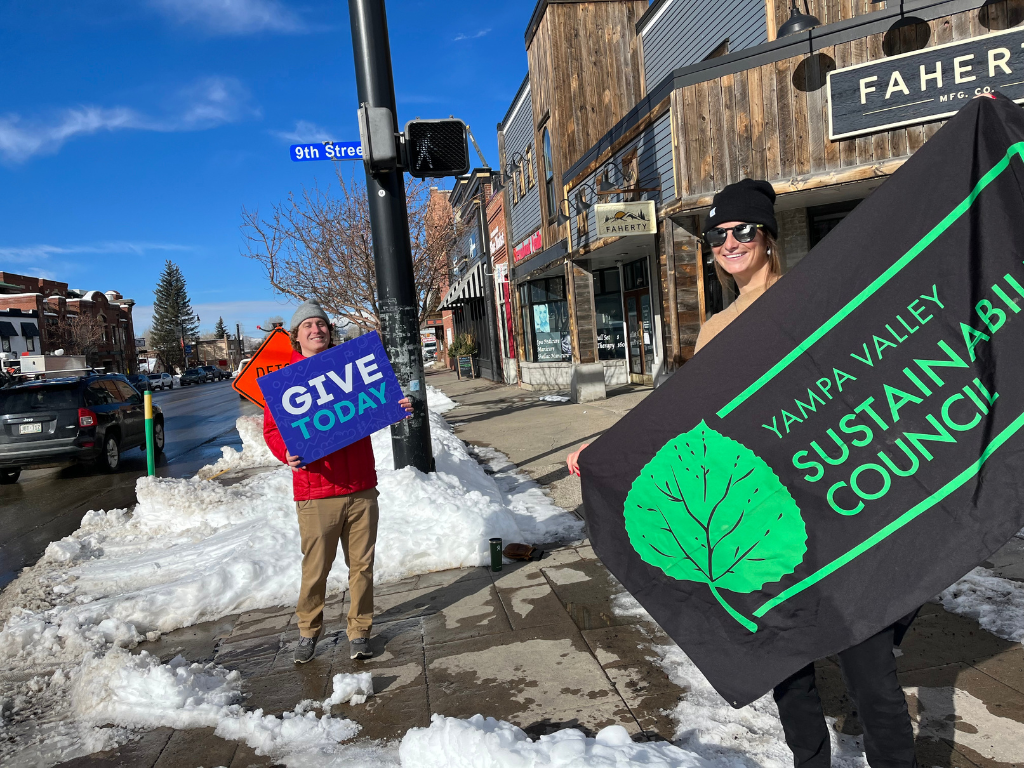Nicole Pepper, Internship Program Manager & Geospatial Analyst | May 1, 2023
It seems like spring is finally in the air in the Yampa Valley. As the white blanket of snow that has covered our valley over the past six months begins to melt we are actively observing its inevitable transformation into runoff that will eventually flow into our rivers, streams and lakes. It is this transition that serves as a reminder of the important role that snowpack plays in our community.
An assortment of Sentinel-2 satellite images over Steamboat Springs, Hayden, Craig and Stagecoach Reservoir illustrate the ever changing snow cover conditions throughout the valley between April 10 and April 20, 2023. The images depict snow in bright blue, water in dark blue and uncovered land in green and brown.

In a snowmelt-dominated basin like ours, snow is a major source of water. Snow in the Yampa Valley is valuable for many reasons, including the recreation and tourism industry. In late April, YVSC met with Kent Vertrees, long-time Recreator and Outdoor Educator to learn about the importance of understanding long-term trends in our snowpack from the recreation perspective. This conversation is captured in this video.
Importantly, even after a record winter like the 2022-23 season, trends of climate change are long-term, we are getting hotter and drier. According to a 2020 Washington Post study, Routt and Moffat Counties are among a “hot spot” of warming, alongside other western slope counties, tracking over two times the national average temperature increases over the last century. This shift will have implications for water managers and water users alike. Famous for our trademarked “champagne” powder, there are precise conditions that make up the recipe for this dry and fluffy snowfall that’s so great for powder skiing. Namely, cold air temperatures that limit the water content in our snowflakes. As we face the reality of a hotter and dryer future, Kent poses the question “is champagne powder a thing of the past?” We sure hope not. But, it’s undeniable that shifts in our snowpack do inevitably impact the experience for winter and river recreators alike.
This puts into perspective the importance of monitoring local, long-term landscape and climate conditions. The Natural Resource Conservation Service (NRCS) has a long history of measuring snow conditions in remote, mountainous regions throughout the West. The Yampa Valley is host to a handful of NRCS’s Snow Telemetry (SNOTEL) stations, with continuous records dating back as early as the 1970s. Additionally, the Center for Western Weather and Water Extremes has partnered with Yampa Valley Sustainability Council (YVSC) and Colorado Mountain College to implement a soil moisture and climate monitoring network throughout the Yampa Valley to increase the distribution of monitoring stations throughout the watershed. The first station of this network was installed on private property just South of Stagecoach Reservoir in September of 2022 and more are planned to be installed during the summer and fall of 2023. Insights from long-term observation data can help us better predict future trends and better inform water management decisions.
You can get involved by supporting science-informed decisions related to water and land management and also by supporting research related to climate monitoring both locally and throughout the West.






